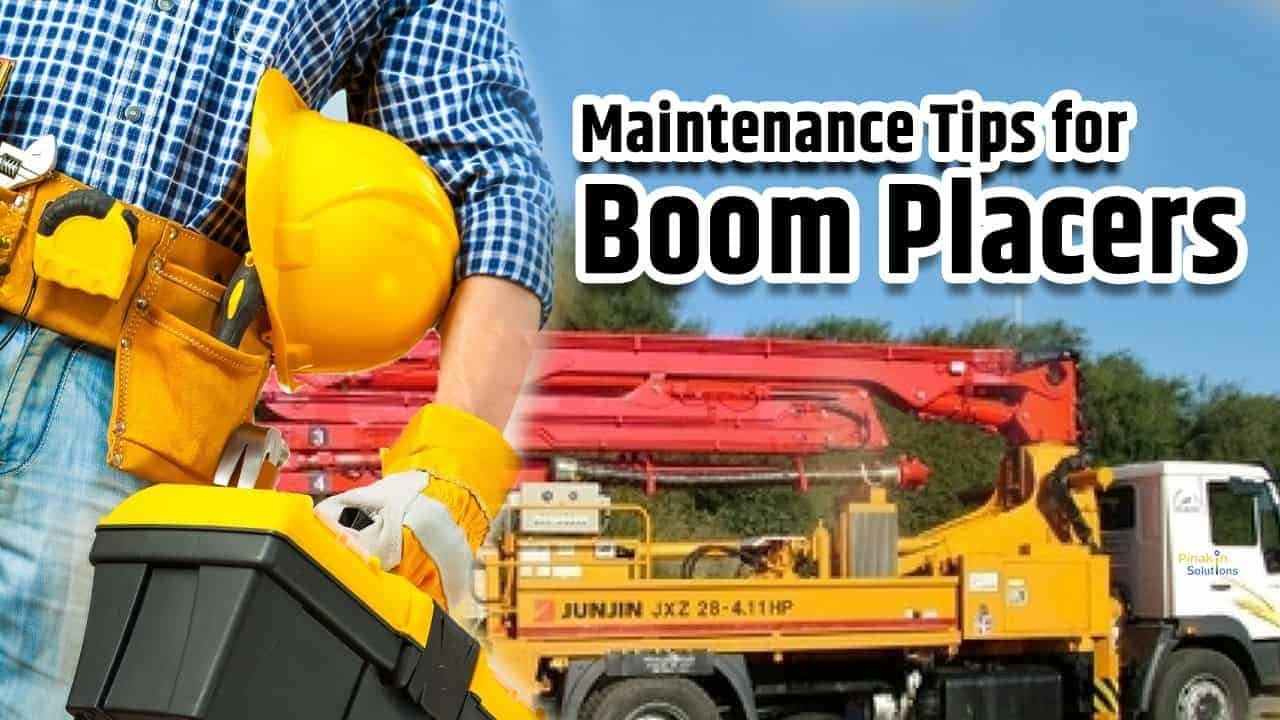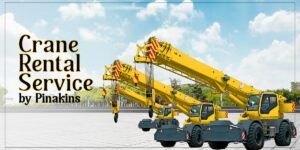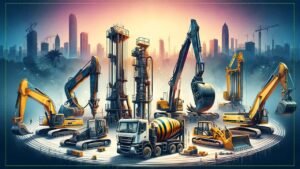Proper maintenance is essential for boom placers to ensure optimal performance and extend their lifespan. In this article, we will explore maintenance tips to keep your boom placer in top condition. By implementing these practices, you can enhance productivity, minimize downtime, and maximize the return on your investment.
Table of Contents
TogglePre-Operation Checks:
Before operating a boom placer, it is crucial to perform thorough pre-operation checks to ensure the equipment’s safety, functionality, and readiness. This includes inspecting the boom placer, assessing site conditions, and evaluating concrete requirements.
Let’s delve deeper into each aspect:
Inspecting the Boom Placer:
Inspecting the boom placer is a critical step to identify any potential issues or malfunctions that could compromise safety and performance. The inspection should cover the following areas:
- Hydraulic System: Check hydraulic hoses, fittings, and connections for leaks, damage, or wear. Ensure that all hydraulic components, including cylinders and valves, are functioning properly.
- Boom Structure: Examine the boom arm, extension sections, and articulation points for any signs of damage or misalignment. Verify that the boom’s movements are smooth and free from restrictions.
- Concrete Pump: Inspect the concrete pump, including the hopper, agitator, and pumping mechanism. Ensure that the pump is clean, free from blockages, and in optimal working condition.
- Controls and Safety Devices: Test all controls, switches, and safety devices, such as emergency stop buttons and safety interlocks, to ensure they are functioning correctly.
- Safety Equipment: Check the presence and functionality of safety features, including outriggers/stabilizers, boom angle sensors, and boom movement limit switches.
2. Assessing Site Conditions:
Assessing the site conditions is essential to identify potential hazards and determine the feasibility of operating the boom placer. Consider the following factors:
- Ground Stability: Evaluate the ground’s stability and load-bearing capacity to ensure it can support the weight of the boom placer. Identify any soft or uneven areas that may pose a risk during operation.
- Overhead Obstacles: Determine if there are any overhead obstructions, such as power lines, trees, or structures, that could interfere with the boom’s movement. Ensure adequate clearance is available.
- Access and Maneuverability: Assess the site’s accessibility and manoeuvrability for the boom placer. Consider factors like narrow passages, tight corners, or restricted areas that may hinder safe operation.
- Site Layout: Review the overall site layout to plan the positioning of the boom placer for optimal reach and efficiency. Identify suitable locations for concrete delivery and assess the proximity of other equipment or personnel.
3. Evaluating Concrete Requirements:
Understanding the concrete requirements is crucial to ensure that the boom placer is equipped with the appropriate capacity and capabilities.
- Concrete Mix Design: Review the specifications of the concrete mix, including its slump, strength, and consistency. Ensure that the boom placer can handle the specific mix design without any issues.
- Pumping Distance and Height: Determine the required pumping distance and height to assess if the boom placer’s reach is sufficient for the project. Consider any potential obstacles or vertical restrictions that may affect concrete placement.
- Volume and Rate of Pour: Evaluate the volume of concrete needed for the project and estimate the rate at which it should be poured. This helps in selecting a boom placer with the appropriate pumping capacity.
- Special Considerations: Identify any special requirements, such as placing concrete in confined spaces or at specific angles, and ensure that the boom placer has the necessary features and attachments to accommodate these needs.
By conducting thorough pre-operation checks, including inspecting the boom placer, assessing site conditions, and evaluating concrete requirements, construction professionals can mitigate risks, optimize equipment performance, and ensure a safe and efficient operation of the boom placer.
Importance of Boom Placer Maintenance:
Regular maintenance is crucial for the reliable and efficient operation of boom placers. It helps prevent unexpected breakdowns, improves safety, and extends the lifespan of the equipment. By prioritizing maintenance, you can avoid costly repairs, enhance performance, and ensure project timelines are met.
Routine Inspections and Checks:
Performing routine inspections is vital to identify potential issues before they escalate. Regularly inspect the boom placer for wear and tear, leaks, loose connections, and structural integrity. Document any findings and promptly address them to prevent further damage or safety risks.
Lubrication and Fluid Maintenance:
Proper lubrication is essential for smooth operation and the prevention of excessive wear. Regularly lubricate moving parts such as boom hinges, extension cylinders, and outrigger components. Additionally, check and maintain fluid levels, including hydraulic oil and coolant, to ensure optimal performance.
Electrical System Care:
The electrical system of a boom placer requires attention to maintain safe and reliable operation. Inspect wiring, connectors, and control panels for damage or corrosion. Test safety features, switches, and emergency stop systems regularly. Keeping electrical connections clean and secure is vital for efficient functioning.
Hydraulic System Maintenance:
The hydraulic system plays a critical role in boom placer operation. Regularly check hydraulic hoses, fittings, and connections for leaks or damage. Inspect and replace worn seals, gaskets, or cylinders to prevent hydraulic system issues. Monitor hydraulic fluid quality and perform regular fluid changes as recommended.
Component Replacement and Repairs:
Identifying and addressing worn or damaged components is essential to prevent equipment failure. Promptly replace faulty or worn-out parts with genuine replacements from reputable suppliers. Engage qualified technicians for complex repairs or major component replacements to ensure proper installation and functionality.
Must Read These Also.
- How Vibro Hammer is Game Changer for Indian Government Development Projects?
- Vibro Hammer Machine: Revolutionizing Foundation Construction
Frequently Asked Questions (FAQs):
Q1: How often should I perform routine maintenance on a boom placer?
Regular maintenance should be performed according to the manufacturer’s recommendations and considering the intensity of usage. Typically, routine maintenance should be conducted at least quarterly, with additional checks before and after significant projects.
Q2: Can I use alternative lubricants for my boom placer?
It is recommended to use lubricants recommended by the boom placer manufacturer. Alternative lubricants may not offer the same level of protection or be compatible with the equipment’s specifications.
Q3: What are the signs of hydraulic system issues?
Signs of hydraulic system issues include fluid leaks, sluggish or jerky movements, abnormal noises, and reduced performance. If you notice any of these signs, it is important to address them promptly to prevent further damage.
Q4: How do I identify the right replacement parts for my boom placer?
To identify the right replacement parts, refer to the boom placer’s manual or consult with the manufacturer or authorized dealers. Provide them with the necessary information, such as the model and serial number, to ensure accurate identification and compatibility.
Conclusion:
By following these maintenance tips, you can ensure optimal performance and extend the lifespan of your boom placer. Regular inspections, proper lubrication, and attention to electrical and hydraulic systems are essential. Remember to promptly address any identified issues and engage qualified technicians for complex repairs.
Prioritizing maintenance will maximize productivity, minimize downtime, and ensure seamless operation of your boom placer on construction projects. With proactive maintenance, you can maximize the return on your investment and achieve long.





